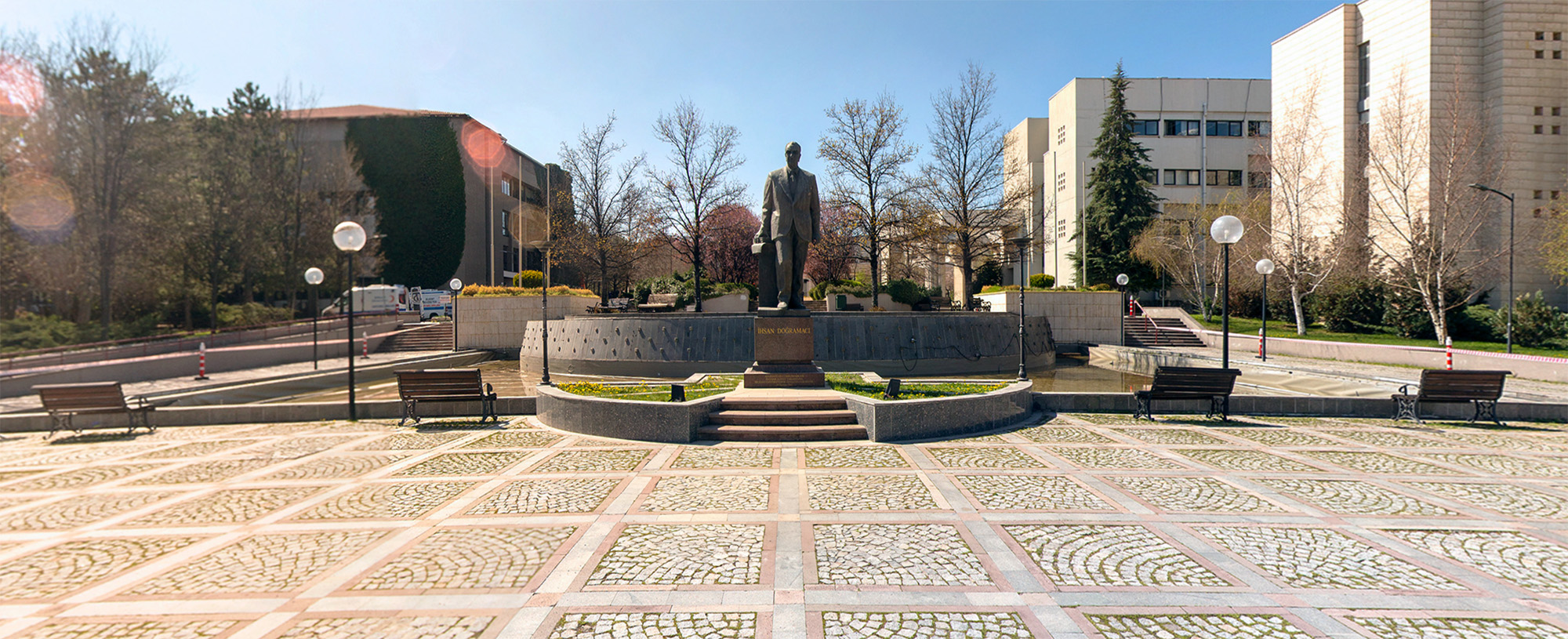Explore, discover, and share academic work by Bilkent University faculty, students, and researchers.

Browse By School
Applied Sciences
Art, Design, and Architecture
Business Administration
Economics, Administrative, and Social Sciences
Education
Engineering
Graduate Schools - Theses
Humanities and Letters
Law
Music and Performing Arts
Research Centers
Science
University Library

All Communities
 20
20